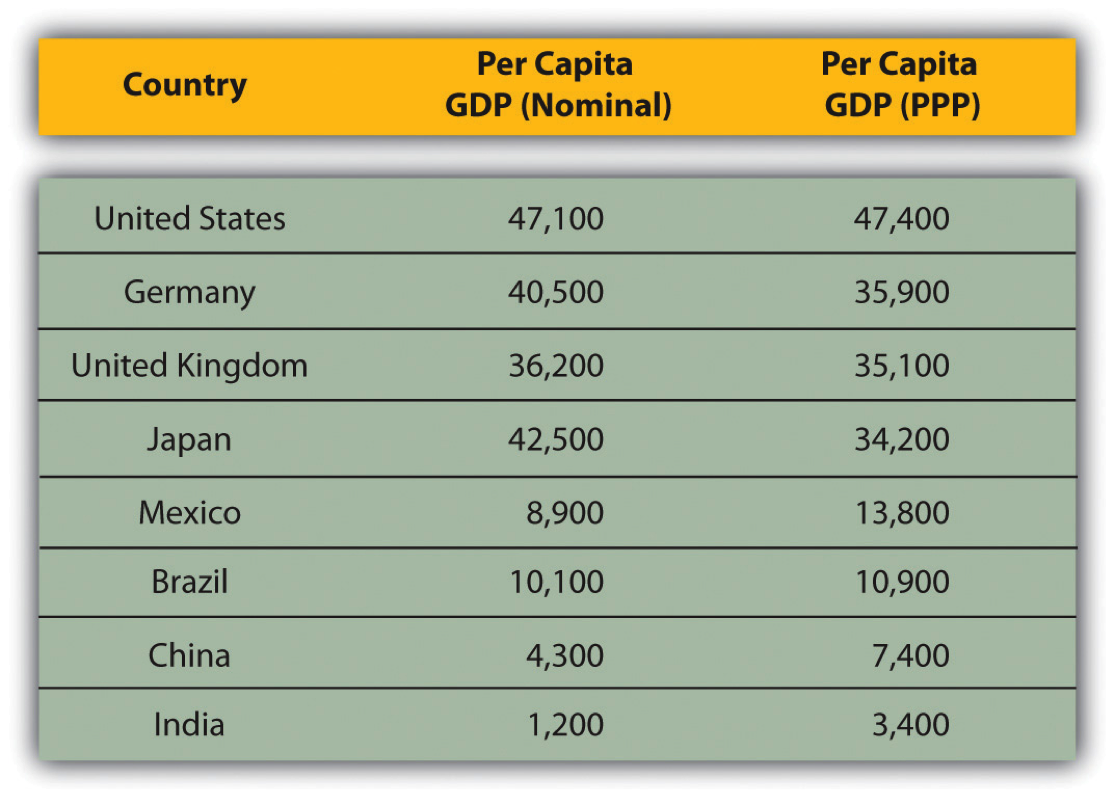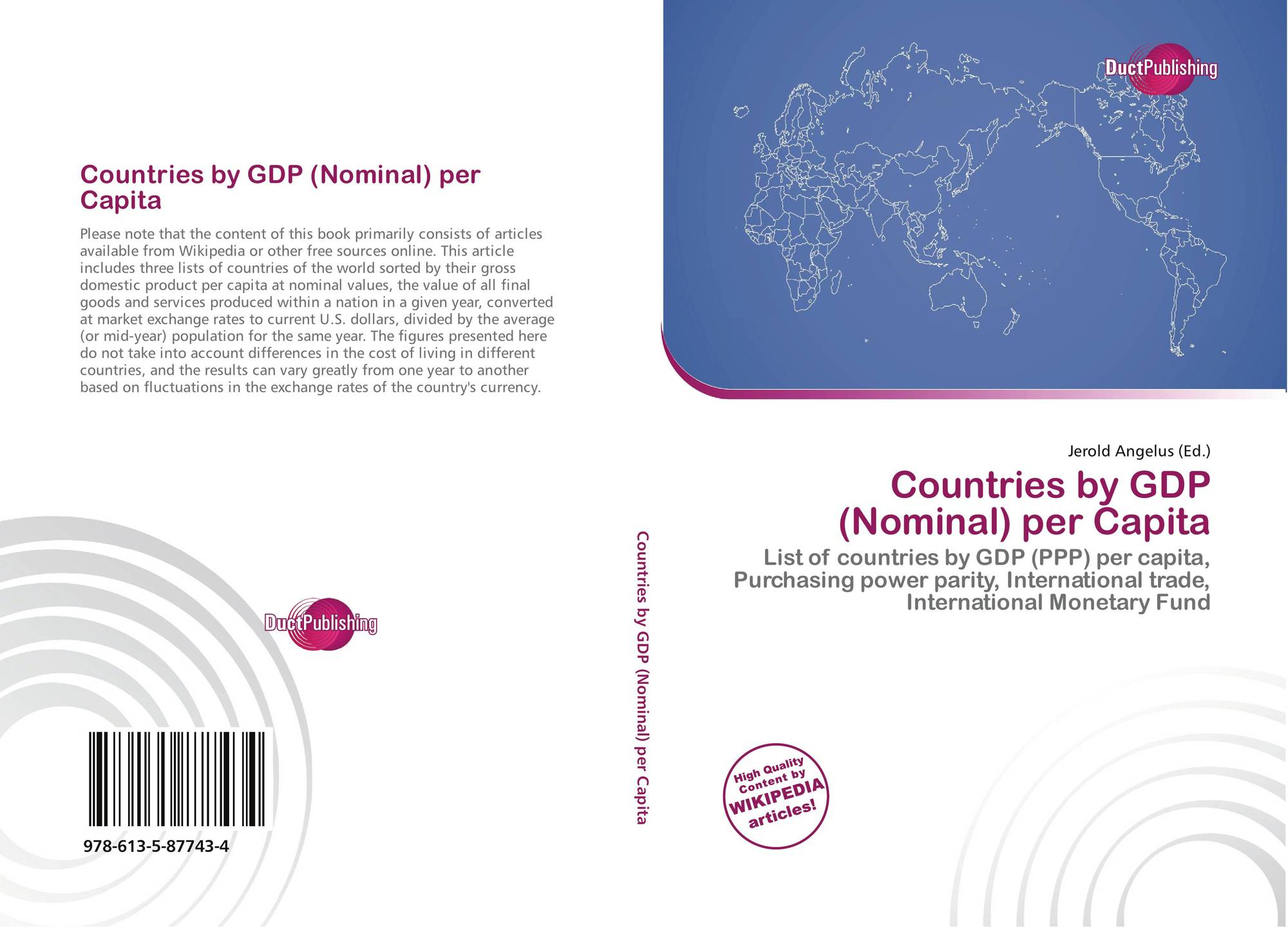



Therefore, even if a country has a higher GDP per capita (individual income), that country's people may still live poorer if the cost of living is higher. The orange juice represents the previously mentioned "basket of goods" which represents the cost of living in a country. In reality, a much wider range of goods that includes much more than just orange juice is taken to calculate the PPP index, so that it accurately reflects the average cost of living.ĭaily life (application) This is calculated by multiplying Japan's unadjusted GDP by the PPP index. Japan's GDP, however, is only $6 when adjusted for PPP. The US has a PPP-adjusted GDP of $16, which has not changed since it is the reference currency. According to orange juice prices, Americans have stronger purchasing power, or are able to buy more value with their money. We can calculate a PPP index for Japan vs. Simply, 1 gallon of orange juice can be bought in Japan, versus 3 gallons in America, with an equivalent amount of money. 1 gallon of orange juice is taken as a reference good in this example. $6 buys a good in Japan that can be purchased in the US for $2. Suppose that one gallon of orange juice costs $6 in Japan, and $2 in the US, i.e. However, this does not necessarily imply that the Japanese are more affluent. This means that the average Japanese person makes $2 more than the average American. If that basket costs $100 in the US and $200 in the United Kingdom, then the purchasing power parity exchange rate is 1:2.įor example, suppose that Japan has a higher GDP per capita (US$18) than the US (US$16). Purchasing power parity (PPP) is measured by finding the values (in USD) of a basket of consumer goods that are present in each country (such as pineapple juice, pencils, etc.).


 0 kommentar(er)
0 kommentar(er)
